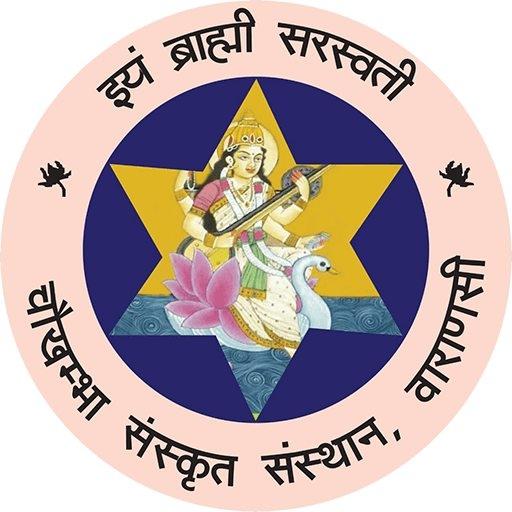All changes share one property: the nouns generally indicate numbers (singular, dual, plural),-case- (or vibhakti), and genders (linga). So it is when a word behaves in a certain way or relates to another. Every noun and pronoun in Sanskrit undergoes some specific changes called shabd roop, which help to make a sentence grammatically correct and meaningful. There are broadly three: masculine (pulling), feminine (striling), and neuter (napunsakling)-and 8 cases of that for the Sanskrit grammar. For instance, Rama, as mentioned, changes to Ramah, Ramam, and Ramena, etc., depending on its case. Knowing the shabd roop is a prerequisite to handling Sanskrit grammar and attaining mastery in correctly reading the classical texts.
